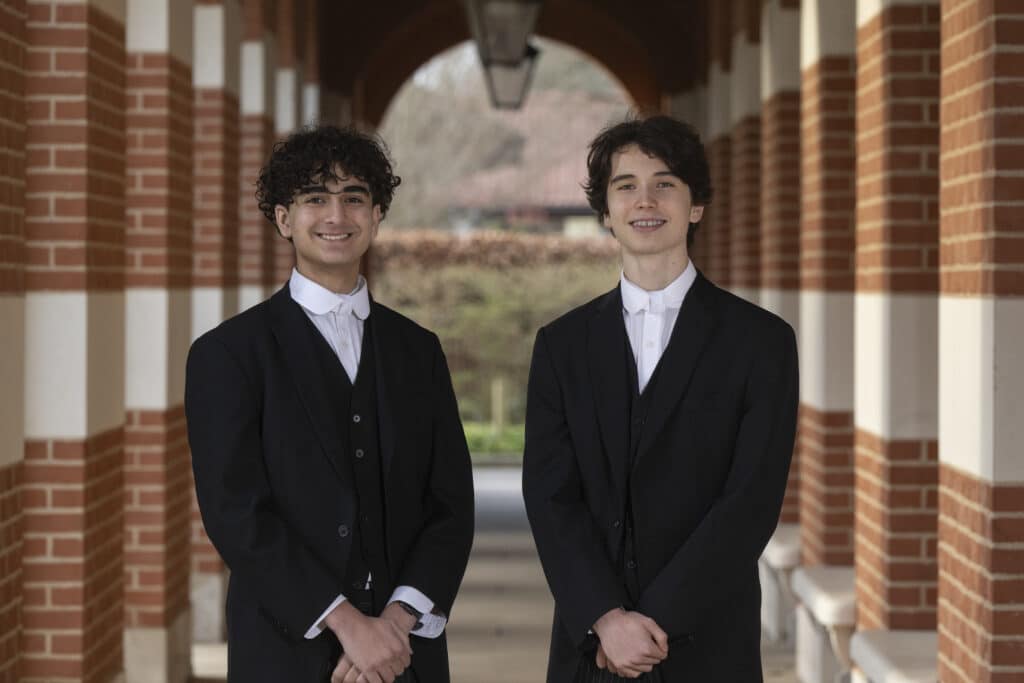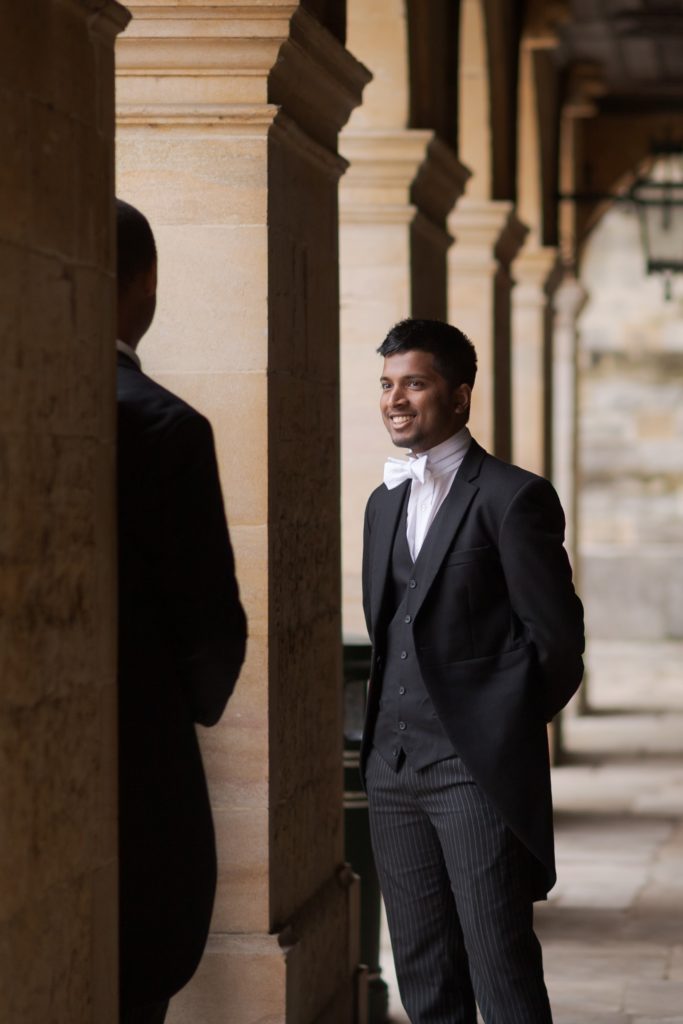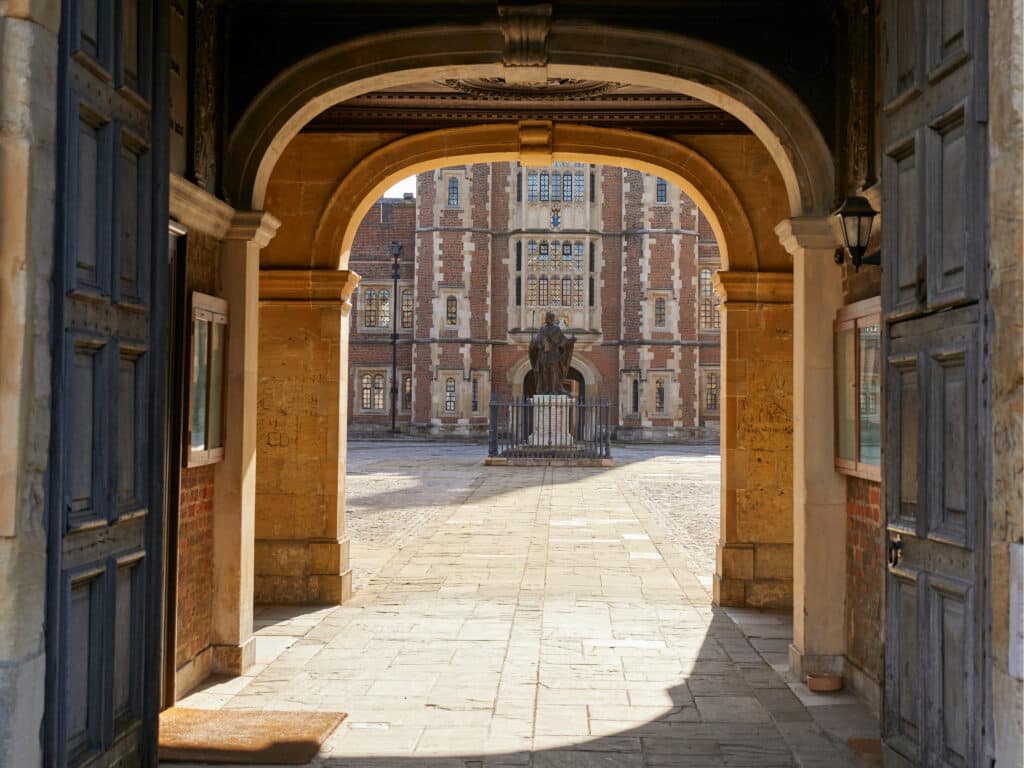On Friday 11 October, the Psychology Society was fortunate to welcome both Professor Kevin Mitchell, the Senior Lecturer at the Trinity College Institute of Neuroscience, and Dr Joshua Balsters, a Lecturer in Psychology at Royal Holloway, University of London.
Whilst Professor Mitchell’s research seeks to understand the genetic programming our brains and its relevance to variation in human behaviours, Dr Balsters currently focuses on social and emotional decision making, particularly in the context of Autism Spectrum Conditions using method combinations such as fMRI and computational modelling. The seemingly endless conflict between Nature and Nurture – whether our personality or psychological traits are defined by their genetic formulation or their external environment – was provided with a unique perspective that combined the two in an indisputable balance.
The meeting began with a talk from Professor Mitchell about the nature of the human existence. Despite humans being inextricably similar to each other demonstrated through our behavioural characteristics (such as in bipedality and gregariousness) and our psychological capacities (such as in abstract reasoning and social cooperation), we learnt that DNA is the determiner of our differences, and the varying physical structures of our brain mediate our nature and behaviours. However, humans are 99.9% genetically identical. Professor Mitchell elucidated that artistic diagrams of neurons and brain structures could not be further from the truth: this is because they suggest that all neurons are the same and their location is random, unlike in reality where they are laid out in highly organised microcircuits with varying connections (excitatory or inhibitory) which then culminate to form larger brain systems. It is this fundamental varying organisation that our genome directs, that means genetic variation is inevitable.
In order to emphasise the significance of genetics in determining our psychological traits, we were presented with the example of identical versus fraternal twins; whilst phenotypic similarities (appearance) were easily observable, mathematical determination demonstrated that identical twins have more similar psychological traits (e.g. extraversion and IQ) than fraternal twins, regardless of their external environment. What this proposed was that our family environment has little effect on altering and it ‘overpowers’ our innate characteristics and biological predispositions. Suppose two identical twins were to witness the exact same event at any one moment, their subjective interpretations of their experience gate their neuroplasticity. In other words, one may feel cheerful and the other distraught: the same tangible experiences do not dictate a specific hormonal (emotional) response. Therefore, it is our innate predispositions’ interaction with our experiences that can shape our emotional responses and thus gradually the trajectories of our lives.
The conclusion of the society meeting involved an open Q&A, proving effective in underlining the nature of many psychological conditions, such as political and sexual orientation, both of which may have elements that can be explained by our biological predispositions. We further learnt from Dr Balsters that conditions such as Capgras (‘Imposter’) or Alien Hand Syndrome are primarily conceived by the varying surface structure of our brain. References to the surgically originating ‘Split-Brain Syndrome’ by the agenesis of the corpus callosum (nerve tract involved in connecting the two halves of the brain) further showed that the physical architecture of our brain heavily influences our psychological traits.
Evidently, this meeting held the fascinating explanation of the nature of our own unique existences, ones which are controlled primarily from within ourselves in the human genome as opposed to our physical surroundings. Having hosted such esteemed speakers, we would really love to thank both Professor Mitchell and Dr Balsters for sharing their research and enlightening us of our understanding about the nature of the human condition in such an engaging and inspiring fashion.



